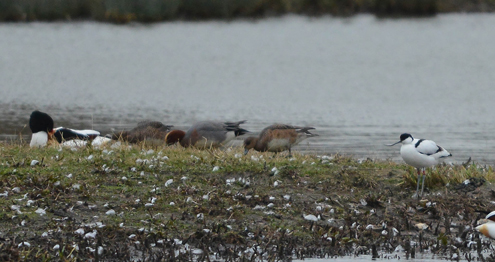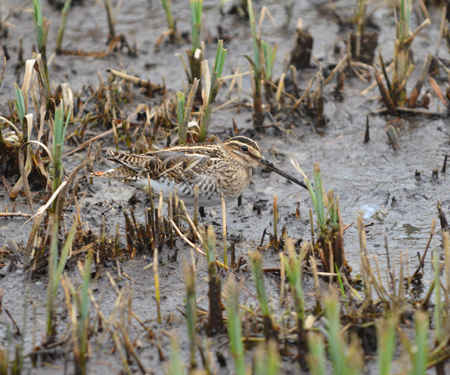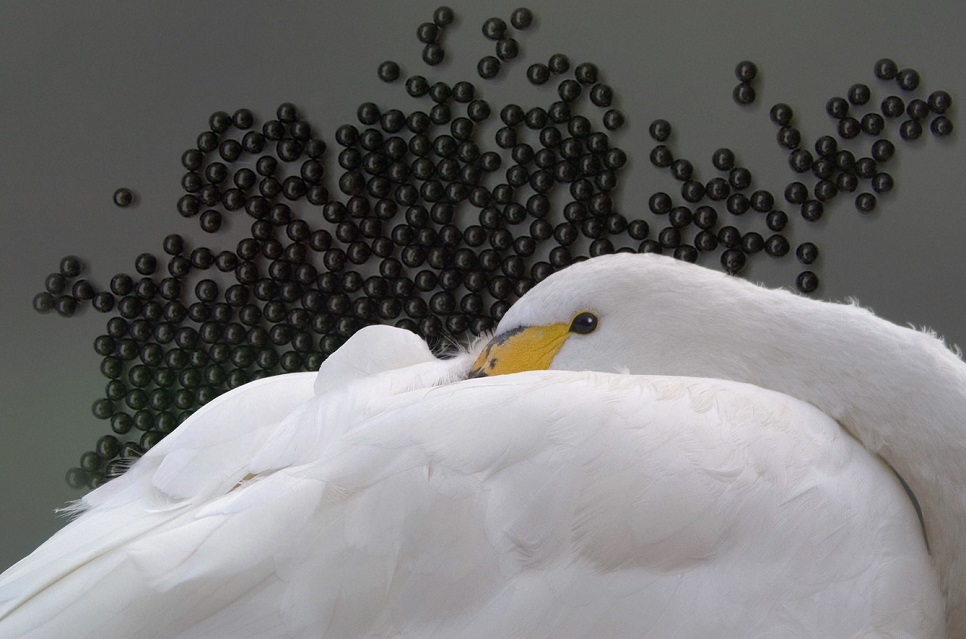Avocet at Arundel is the first since 1989

An avocet spent the day on the islands near the Ramsar hide on Sunday. We have only had one of these small black and white waders with its dark upturned bill visit WWT Arundel before - back in 1989. Land reclamations along the coasts had wiped out their breeding habitat in the UK by the 1900’s. During WWII the beaches of East Anglia were closed, allowing the avocets the space to breed in the UK again. The avocet is the emblem of the RSPB and through extensive conservation efforts there are now around 900 breeding pairs in the UK. In the winter the population swells to around 7,500. The Wildfowl and Wetlands Trust has breeding pairs at two of our reserves, WWT Slimbridge and WWT Martin Mere.
Despite the cold weather this week there are more signs of spring in the flora and fauna around the reserve. Teal numbers have started to decline as the wintering ducks return to their breeding grounds in the Baltics and Siberia, making room for summer migrants. Wheatears, chiffchaff, Sand martins and little ringed plovers have already been sighted along the south coast.
Snipe numbers are still high on the reserve – I counted 30 this morning. There were ten Mediterranean gulls among 100 common gulls and over 600 black headed gulls on the waters between the Ramsar hide and Sand Martin hide! Lapwings continue their loopy spring flight displays and loud calls. Good views of this flirty behaviour can be seen from the windows of the Lapwing hide. Eight pairs of lapwing bred here last spring so signs are looking good for the population in 2013.

A close look at the ground near the pathways shows that red dead nettle and bright coltsfoot have begun to flower. On days when the sun comes out we have had sightings of buff-tailed bumblebees. Even some adult brimstone butterflies have been emerging from hibernation. Water voles have been busy creating feeding piles throughout the reedbed, another sure sign of spring.
Common toads were seen crossing the Mill Road the other night, returning to ponds on the reserve where they lay strings of spawn. Visitors taking the Wetlands Discovery boat rides will be seeing the busy toads spawning right next to the boats!

